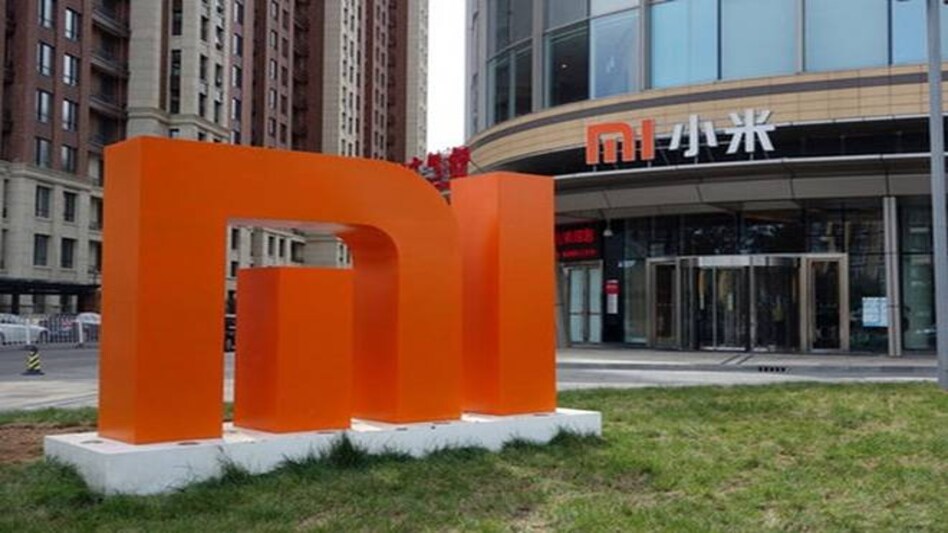

Xiaomi, Chinese electronics and software firm, has filed for an initial public offer (IPO) for listing in Hong Kong. The firm is expected to raise at least $10 billion. This will be the largest listing for a Chinese technology company in almost four years since Alibaba Group Holding raised $21.8 billion in 2014. CLSA, Morgan Stanley and Goldman Sachs Group Inc are the lead bankers to Xiaomi's IPO.
Since Xiaomi is among the world's largest smartphone, electronics and software firm, the listing of the stock will attract huge investor interest across the globe.
We look at how Indians can buy the Xiaomi stock after its listing in Hong Kong.
1. You can open an overseas trading account with a brokerage house (ICICI Direct, Kotak Securities etc) that offers overseas trading facility. Domestic brokers have tie-ups with their international partners to facilitate trading in your account.
For this, you will have to fill separate account opening form along with details of your KYC documents.
You would also be required to transfer funds to the international partner of your domestic brokerage.
For transferring funds you will have to submit application cum declaration form under Liberalised Remittance Scheme (LRS) announced by RBI.
Fill form A2 available with your brokerage house.
You will also have to sign a form for Foreign Exchange Management Act (FEMA) declaration. A form authorising the designated bank branch as your bank dealer will also have to be filled.
2. You can open a trading account with an international brokerages operating in India. Do check out the costs and benefits associated with the same and compare them with the domestic brokerages. The account opening process with them is almost the same as domestic ones.
3. Global mutual funds
Under the LRS introduced by the RBI, authorised dealers may freely allow remittances by resident individuals up to $2,50,000 per financial year (April-March) for any permitted current or capital account transactions or a combination of both. The scheme is not available to corporates, partnership firms, HUF and Trusts, etc.
The Liberalised Remittance scheme (LRS) was introduced by RBI on February 4, 2004, with a limit of $25,000. The LRS limit has been revised in stages consistent with prevailing macro and micro economic conditions.